Early Developments of Saturn
Visualising the Ringed Gas Giant
Syntactic Labyrinths



During the many discussions with cinematographer Erick Alcaraz, we figured out we wanted to establish Saturn in two shots.
The first one is a wide shot of The Library with a canvas filled with abstract strokes from Saturn's rings.
The ship moves out of the shadow, into the harsh sunlight. We're on a long 250mm lens, tracking with the ship.
The rings of Saturn fly by creating beautiful abstract shapes. Our inspiration were long lens helicopter shots in Michael Mann films like Heat and Thief.

The second shot is also a wide shot, but in this situation our subject is the entire planet Saturn.

When working with two subjects on such a drastic scale difference you really notice how relative the sense of a "Wide-Shot" and a "Close-Up" becomes. As we're exposing to Saturn, we're barely seeing any stars. The camera makes a very simple TRACK-Right to match the flow of the previous shot. This is a simple way to connect these two shots. By having them connected by motion it allows the audience to quickly perceive these two shots as happening in the same situation.

For those interested in the technical side of how we made Saturn in Corona Renderer: I've made a tutorial on our process and you can watch it up top.

Reading List
References
- Corona Layered Material in 3Ds Max — Chaos Docs
- Corona Layered Material in Cinema 4D — Chaos Docs
- Corona Volume Material in 3Ds Max — Chaos Docs
- Corona Volume Material in Cinema 4D — Chaos Docs
- Corona Sun in 3Ds Max — Chaos Docs
- Corona Sun in Cinema 4D — Chaos Docs
- Corona Camera Tab in 3Ds Max — Chaos Docs
- Corona Camera-Postprocessing in Cinema 4D — Chaos Docs



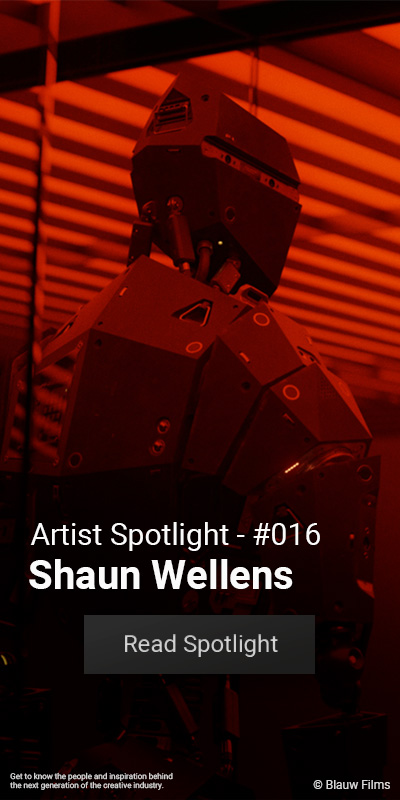



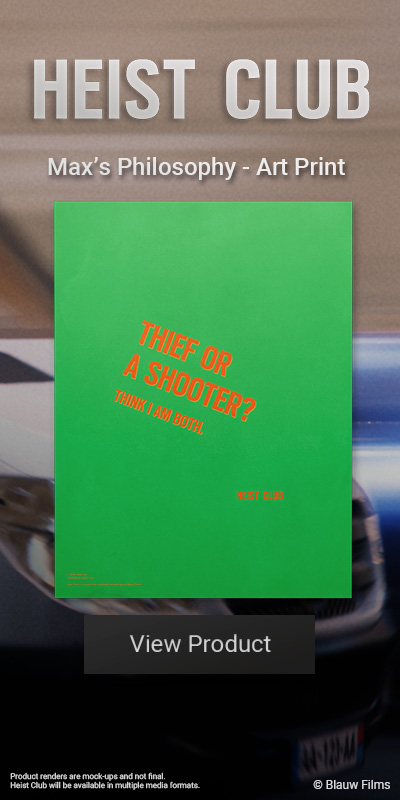








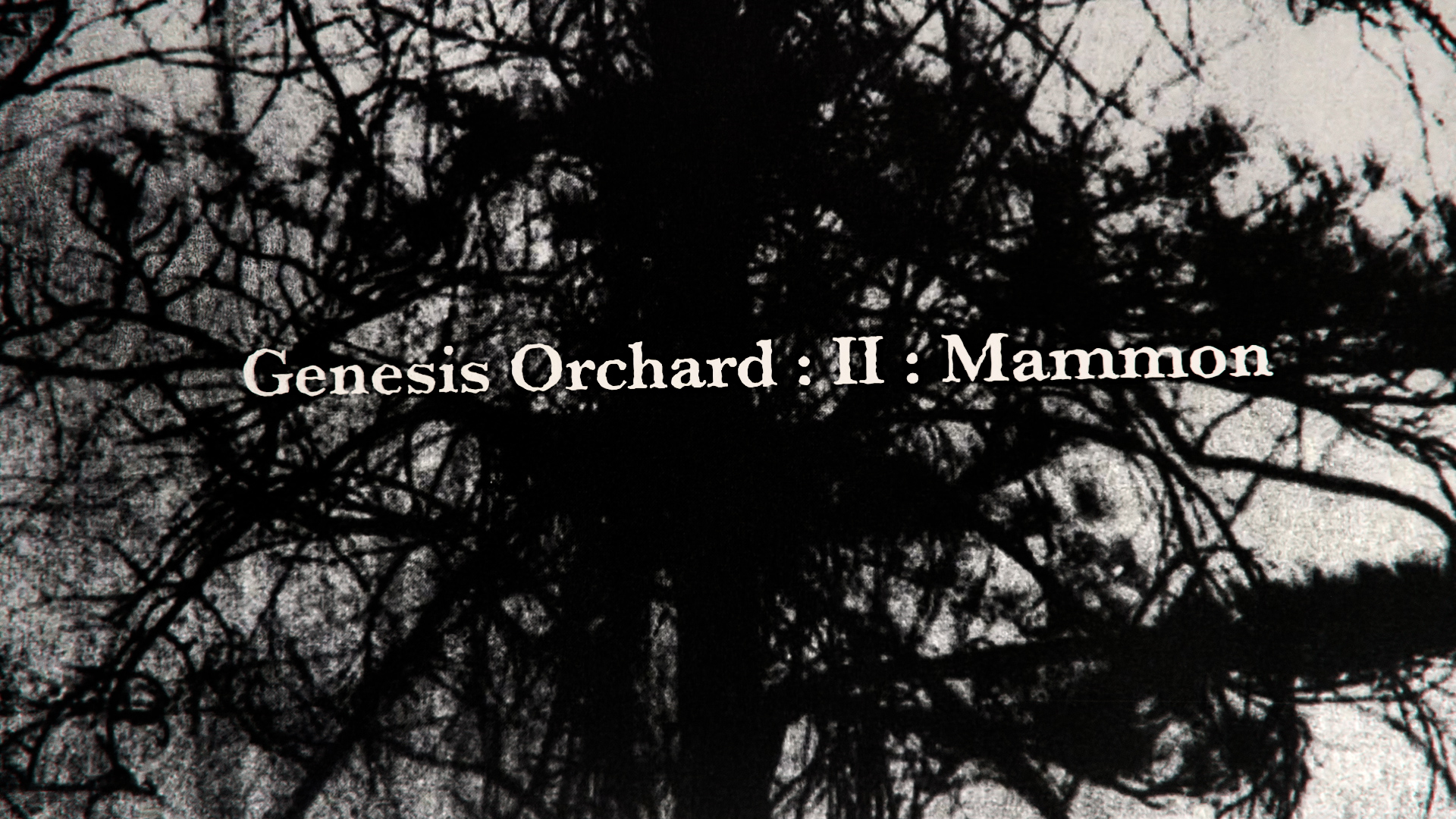

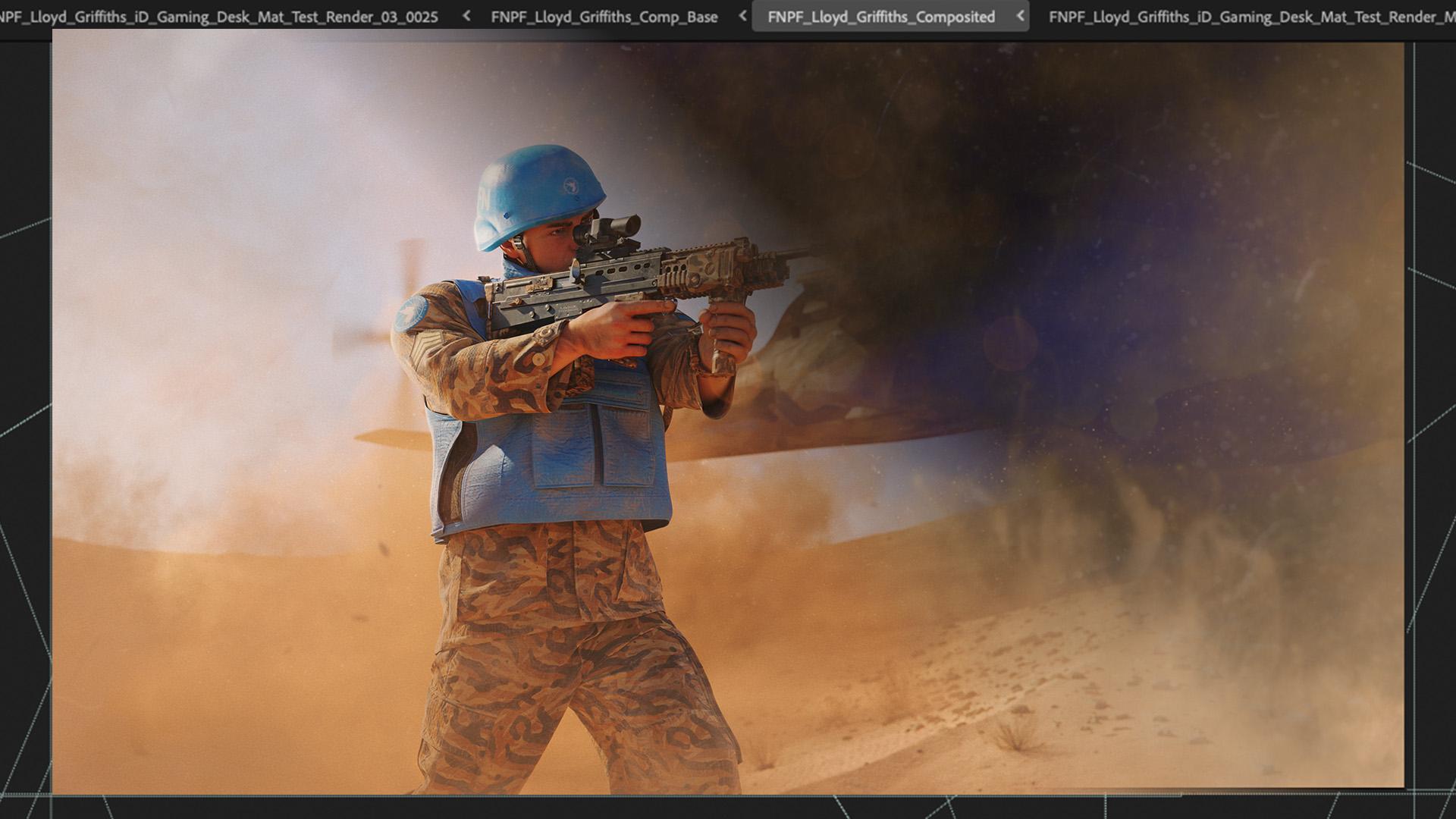
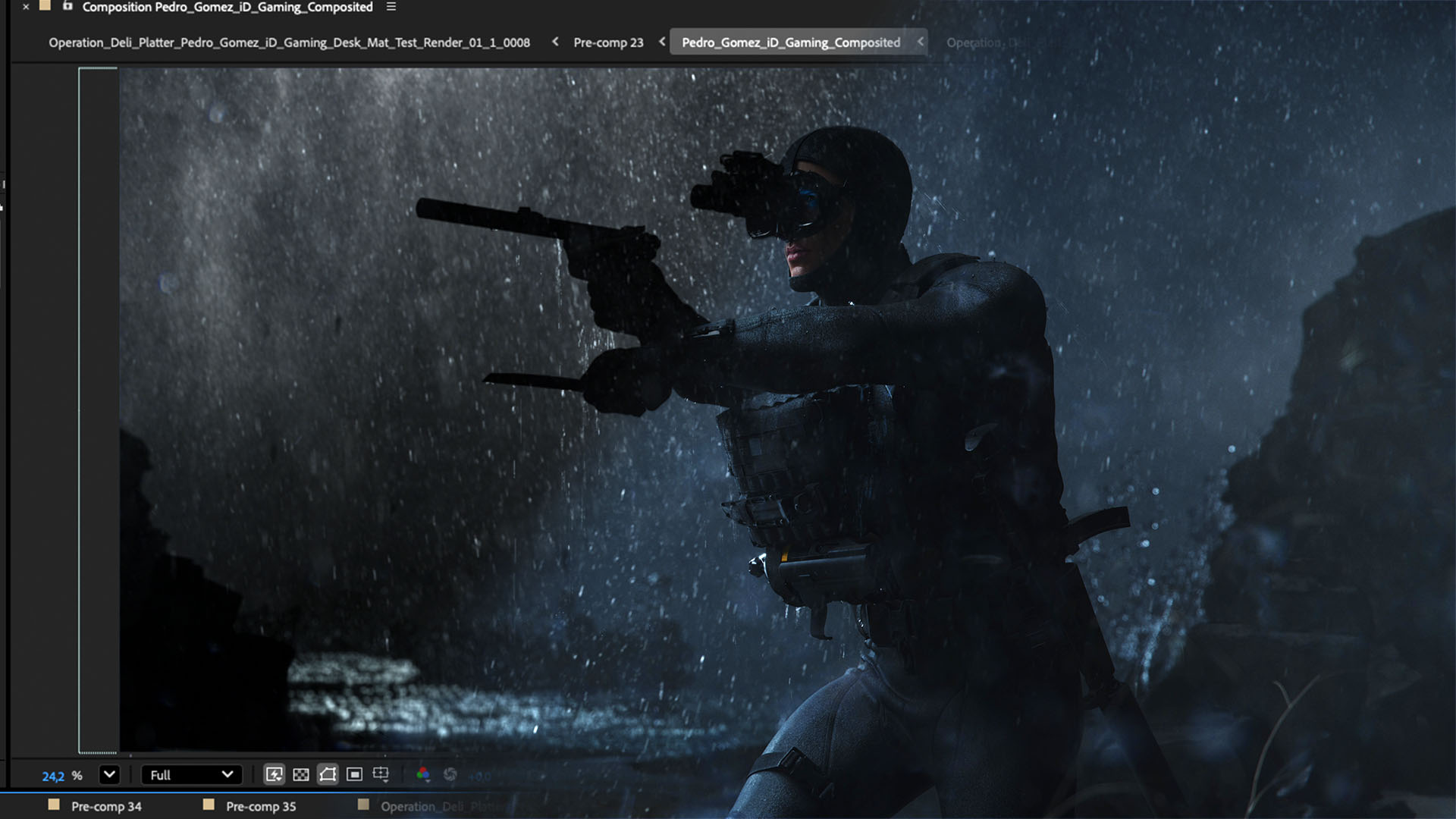


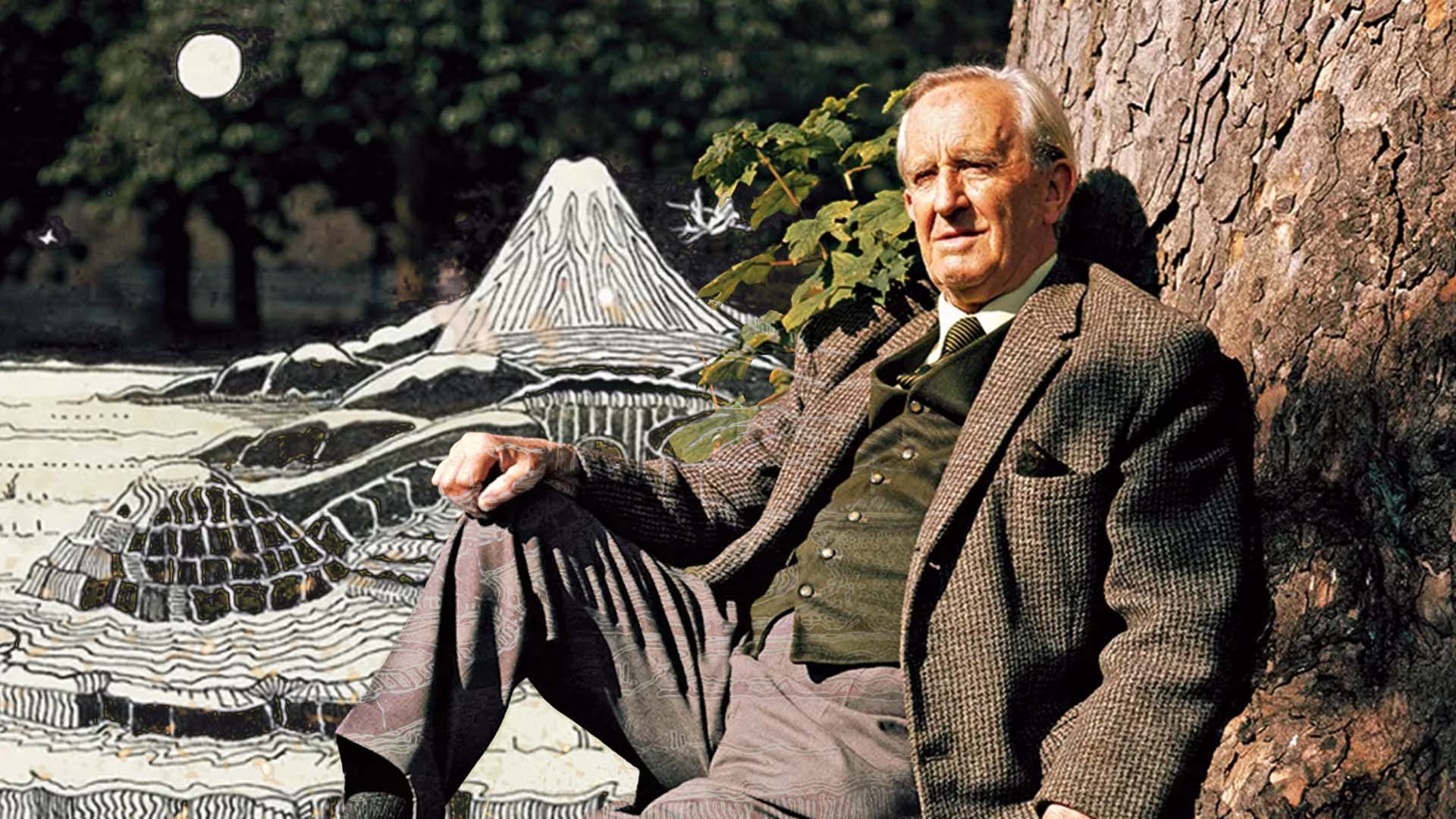







%20by%20Ivan%20Aivazovsky.jpg)






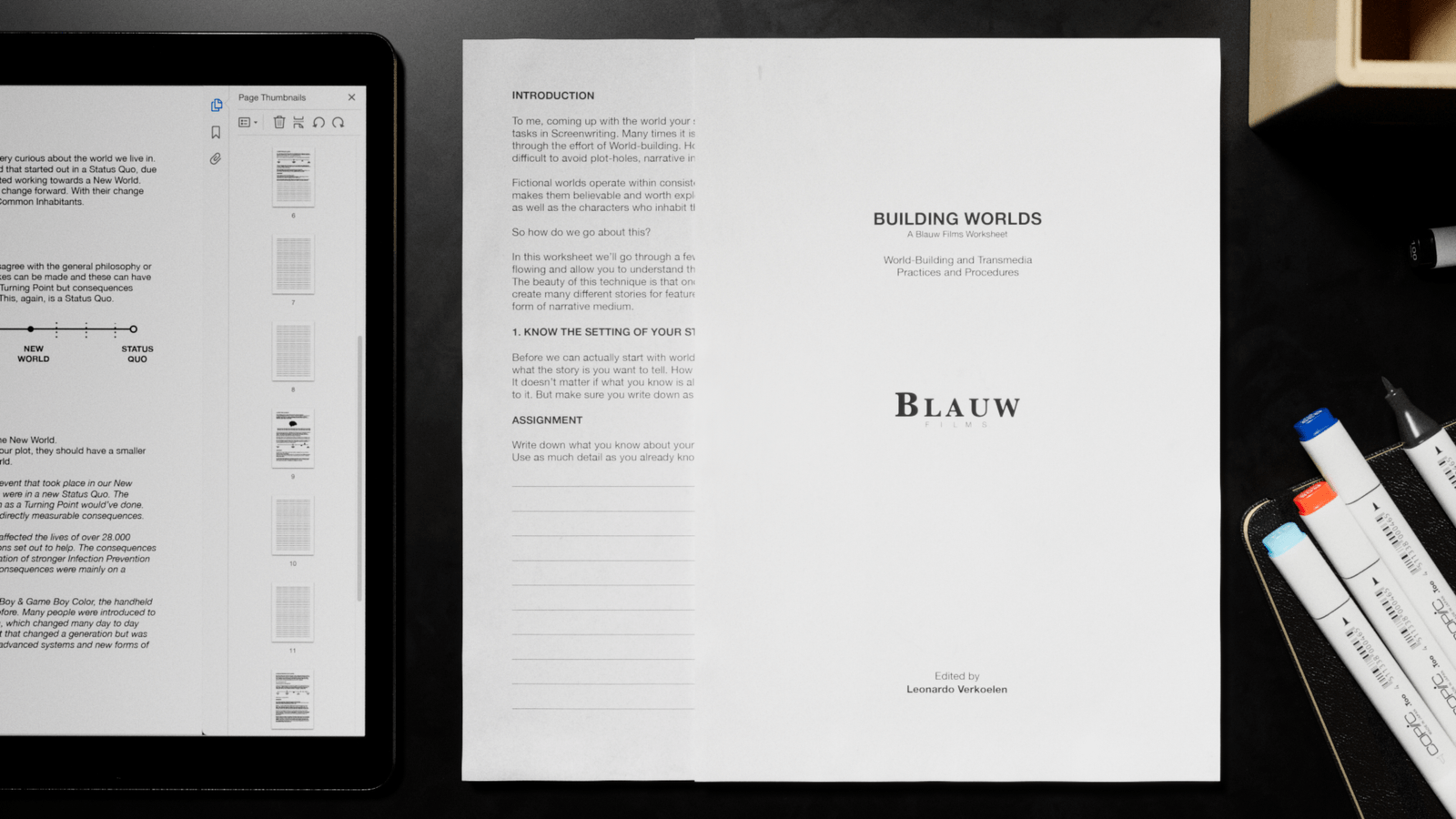









































































0 Comments